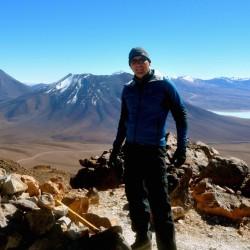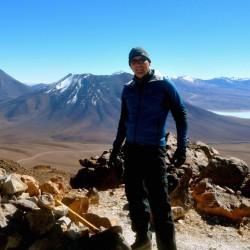In March of 2020, the rapidly-spreading coronavirus brought the world to an abrupt halt. The global pandemic caused most countries to institute strict lockdowns, with many closing their borders in an attempt to prevent the spread of the disease. Forced to confront the growing threat from COVID-19, the world's economy came to a standstill, international flights were cancelled, and the lucrative travel industry found itself in tatters.
As a nation that relies heavily on tourist dollars, Nepal found itself amongst the destinations that were struggling. It is a country that offers some of the best mountaineering and trekking on the planet, but with very few travelers able to make the journey, local guides and their support team found themselves without clients.
The spread of the pandemic was so swift and devastating that it even put an end to highly profitable spring climbing season on Mt. Everest. Nepal has vowed to not let that happen again in 2021 however and is currently planning to reopen the mountain. Bent up demand is expected to bring record crowds to the world's highest peak, even as questions linger about the health and safety of those who will spend time there.
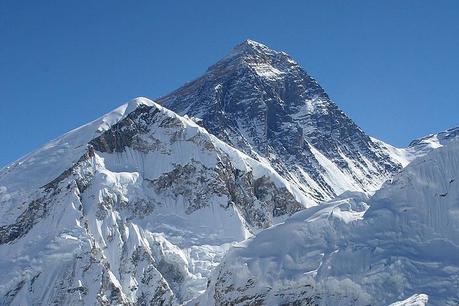
Everest Reopens
Last spring, the decision to cancel the Everest climbing season came early, with Nepal pulling the plug on March 13. As we approach the anniversary of that date however, things seem to be moving full steam ahead for 2021. The country's Department of Tourism has already begun issuing permits for the mountain just a few short weeks before the arrival of the first teams.
Unsurprisingly, the first team to confirm a full slate of spring climbing expeditions is none other than Seven Summit Treks. The company says that it will get things started on March 15, leading a team to Annapurna. From there, it will expand to Dhaulagiri, Kangchenjunga, Makalu, and Lhotse, before attempting Everest. The guiding and logistics company kept itself busy over the past year by leading an autumn expedition to Ama Dablam and private climb up Everest. It also took a large group of mountaineers to K2 this winter, where success was elusive for its clients. Other teams heading to the South Side of Everest this spring include Madison Mountaineering, Furtenback Adventures, and Mountain Professionals.
On the other hand, there are some companies that are playing it safe and staying home. For instance, Adrian Ballinger's Alpenglow Expeditions has elected to stay at home, as has New Zealand-based Adventure Consultants. Both are already looking ahead to 2022, when vaccines and improved treatment protocols should make travel much safer.
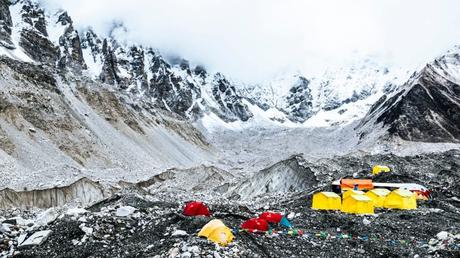
Northside Season in Doubt
While Nepal forges ahead with its plan to reopen Everest, China has yet to tip its hand on its plans. Last year, the country closed down the North Side of the mountain to everyone except Chinese nationals. As result, there was just one expedition team on the entire mountain last year.
Even though the coronavirus is being managed very well in China, it seems likely that it will continue to keep Everest closed for 2021. The origins of the virus can be traced back to that country but thanks part to a totalitarian-level lockdown, the number of infections and deaths has been kept to a minimum. Strict travel restrictions have helped to keep the virus from spreading too and an influx of foreign visitors could upset that balance.
The number of Chinese climbers looking to attempt Everest has risen dramatically in recent years however and that isn't likely to change in 2021. Expect another Chinese national team on the Northside again this year and perhaps have a large number of mountaineers crossing the border into Nepal too.
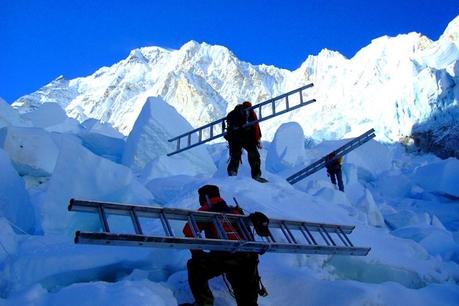
Icefall Doctors Already Preparing the Route
Further evidence of Nepal's plans to reopen Everest came a few weeks back when it was announced that the Icefall Doctors had departed for Base Camp. This team of highly experienced Sherpas are tasked with creating and maintaining a route through the dangerous Khumbu Icefall each spring, opening the way for all of the other climbers to follow.
Since that article was first published, the docs have indeed reached BC and have begun scouting the route. Over the next few weeks they'll use a series of ropes and ladders to create a temporary path through the icefall, which is located at the end of the Khumbu Glacier. The route up Everest's Southside passes through this region, where the ice is constantly calving off the end, creating a high degree of instability as a result.
The Icefall Doctors will remain in Base Camp throughout the entire spring season, which usually runs from about late-March to late-May. During that time, they'll repair the route numerous times, making it as safe as possible for other teams to pass through on their way up to Camp 1.
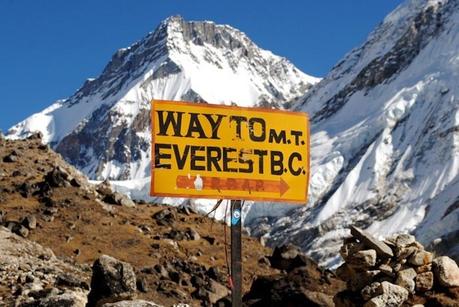
Uncertainty Remains
As the local logistics companies, sherpa guides, and Icefall Doctors go about their work to prepare for the season ahead, hundreds of climbers from around the world are preaparing to descend on Kathmandu. By the start of April, the first teams will have started to arrive in Nepal's capital city in preparation for the long season ahead. Despite that being just a few weeks off at this point, a lot of questions remain for those who work with foreign clients there.
So far, the Nepali Department of Tourism hasn't issued any guidelines on what to expect when travelers arrive. Government officials have assured the local hotels, restaurants, airlines, tour operators, and other travel-related entities that they will issue guidance soon. That could include everything from no restrictions whatsoever-which seems unlikely-to strict quartiles, a negative COVID test, or even proof of vaccination. The lack of communication at such a late date has plenty of people worried however, as the coronavirus is already a significant threat to the Nepali people.
With all of this in mind, the question that remains isn't whether or not Nepal can open for spring 2021, but whether or not it should? Yes, COVID numbers are starting to drop across the globe and multiple vaccines are now available. But even though the finish line is starting to come into focus, we're not there yet.
Let's just hope that reopening now doesn't lead to a major new surge of the virus or ends up causing any further deaths. Considering what we know a year into this pandemic, that seems like wishful thinking.
